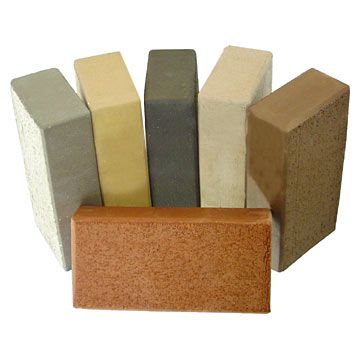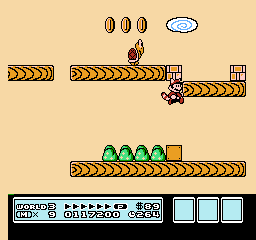terrylamar
Blue Belt
I have been involved in breaking, usually, with boards and concrete blocks. I am trying to introduce breaking to my classes. I have never been involved in the selection of what it was that I was breaking other than boards. Can some of you give me ideas of what you break, it's composition, size and where I might find these breakable items. You might include other tips to help the break and to protect the part of the body you are breaking with.
For example:
Boards, soft pine. 10"X12"x1". A standard break for adults, more than one board may be broken, commonly two boards for hand techniques and up to 4 boards for a foot technique for experienced Martial Artist. For children cut the boards to 8"X12"X1" to 4"X12"X1/2". Tips. Make sure the curvature is towards the breaker. Make sure the wood grain runs in the same direction and is aligned for the technique to be used. Train the board holders to hold properly.
Any other examples?
For example:
Boards, soft pine. 10"X12"x1". A standard break for adults, more than one board may be broken, commonly two boards for hand techniques and up to 4 boards for a foot technique for experienced Martial Artist. For children cut the boards to 8"X12"X1" to 4"X12"X1/2". Tips. Make sure the curvature is towards the breaker. Make sure the wood grain runs in the same direction and is aligned for the technique to be used. Train the board holders to hold properly.
Any other examples?



